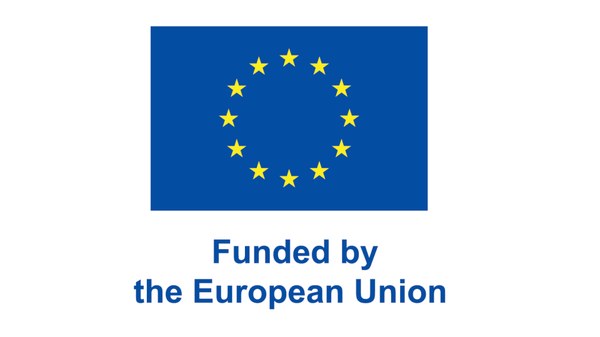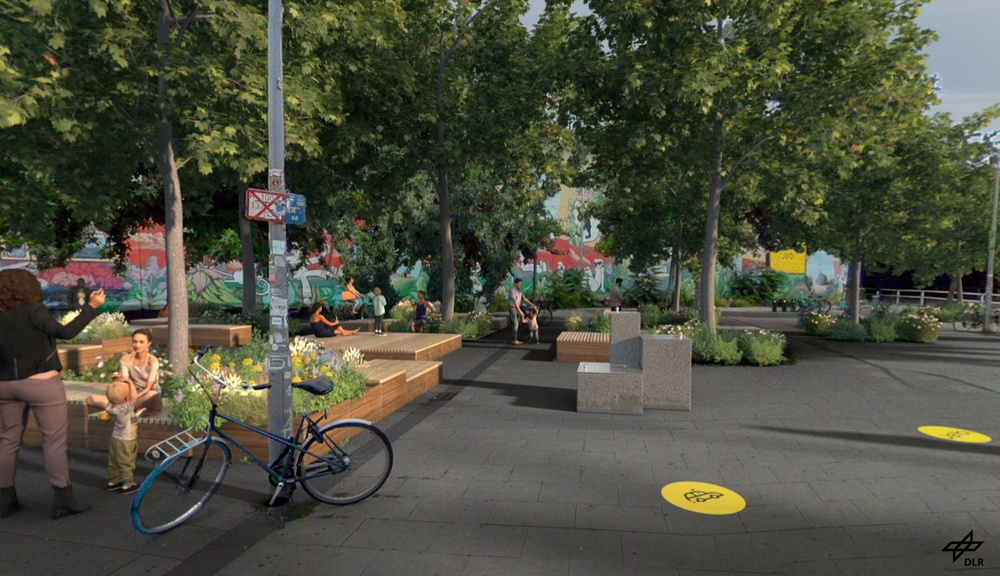EASIER
53% of the journey time by public transport is spent in a train, the remaining 47% is spent walking to, from or within the station (Hillnhütter, 2016).
Focus on attractive transfers
The proportion of active mobility (walking and cycling) and local public transport is currently in great need of improvement. By designing and planning attractive access to public transport and connections between different modes of transport on foot and by bicycle, the Institute of Transport Research is investigating various reorganisation measures.
Two different case studies in Berlin were defined in consultation with the local partners. Public transport stops and their surroundings, in particular the footpaths that connect different transport locations and stops, are the subject of the study. Using 'Tactical Urbansim', a temporary change to the built environment, attractive transfer situations were to be tested. These were made immersive in a virtual world.
Transfer locations with challenges
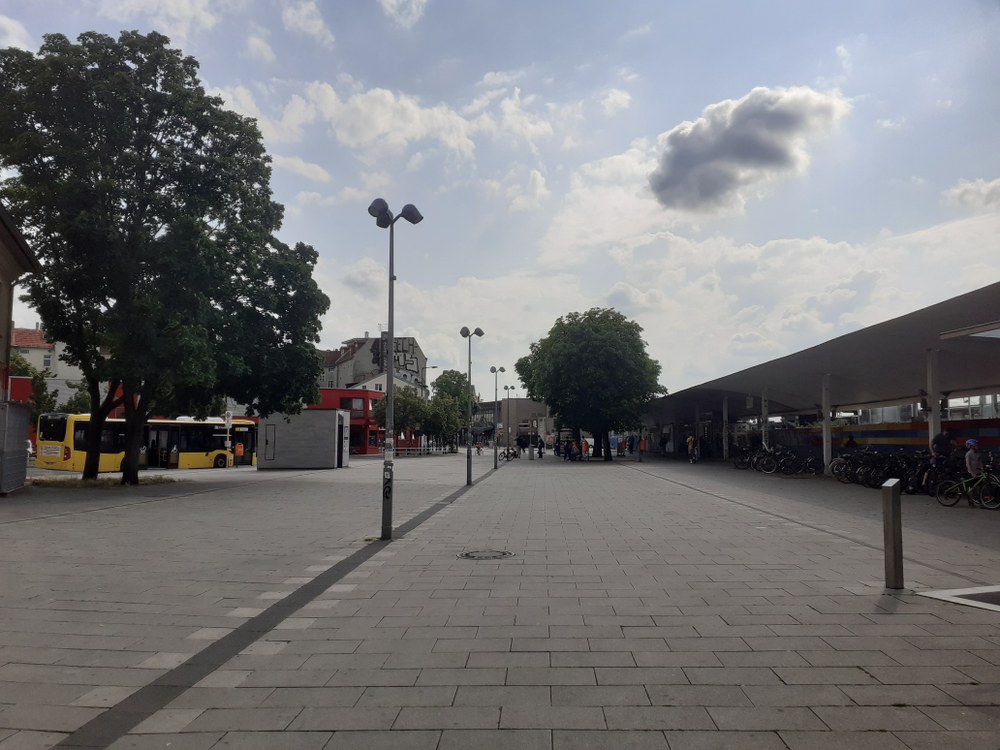
The so-called Jelbi stations at Haselhorst underground station and at Lichtenberg S-Bahn and U-Bahn station were selected as case studies in consultation with the local partners. These are mobility stations where several means of transport are available in a designated area, including car sharing and electric scooter sharing. The nearest stops are located around 100 to 200 metres away and are physically separated by roads and other barriers. Both case studies therefore have a different spatial structure and situation in the neighbourhood.
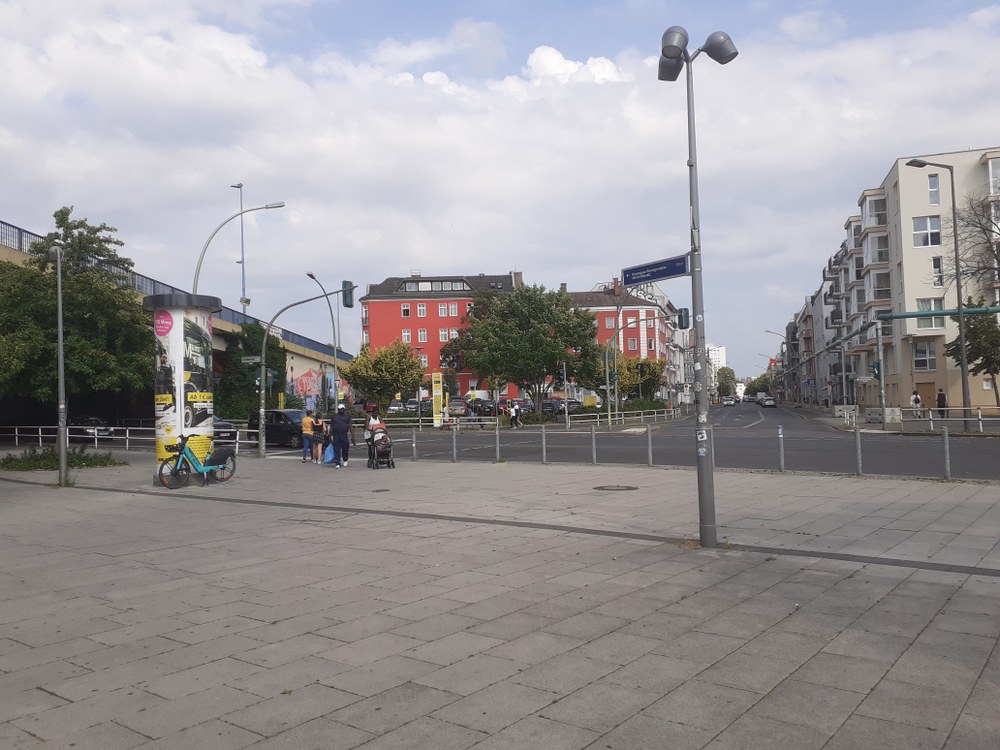
Immersive redesign experience
With virtual reality, remodelling measures can be experienced immersively before they are implemented. This not only whets the appetite for more - the specific measures can be evaluated and adapted. In this way, possible problems or concerns of respondents and users can be addressed.
During the test phase of the case studies in Berlin the scientists were able to gain exciting insights into the methodology and transformation, which are being prepared as a transferable blueprint in the EASIER project. The aim is to develop recommendations for action for cities and administrations.
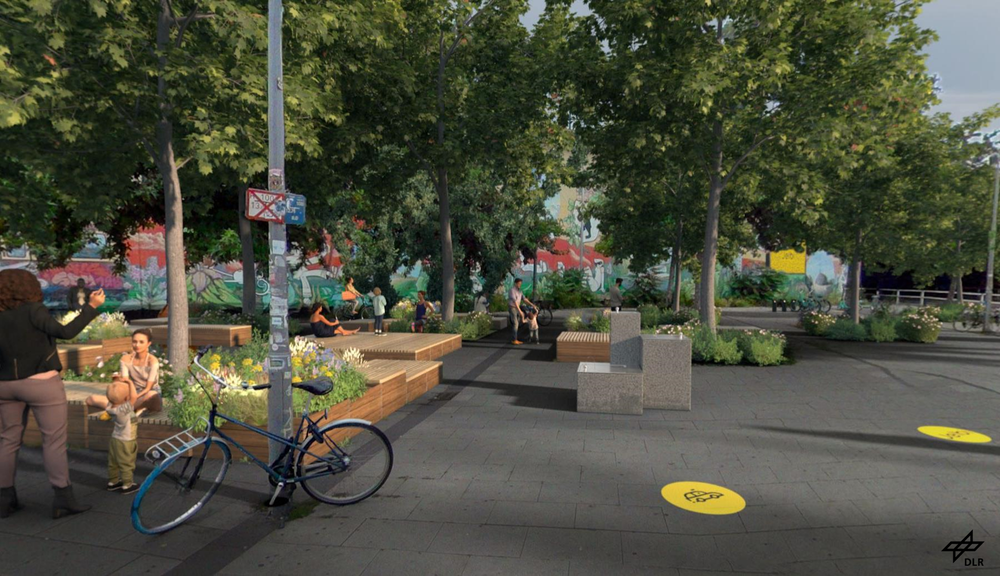
EASIER - Tactical Urbanism VR
Your consent to the storage of data ('cookies') is required for the playback of this video on Youtube.com. You can view and change your current data storage settings at any time under privacy.
Project partners
The project is coordinated by Prof Otto Anker Nielsen from Danmarks Tekniske Universitet (DTU) (Denmark), Institut for Teknologi, Ledelse og Økonomi.
The project consortium consists of:
- Metroselskabet (METRO) (Dänemark)
- Region Hovedstaden (RH) (Dänemark)
- Norges teknisk-naturvitenskapelige universitet (NTNU) (Norwegen)
- Lunds Universitet (ULUND) (Schweden)
- Technische Universität Kaiserslautern (TUK) (Deutschland)
- Deutsches Institut für Urbanistik (DIFU) (Deutschland)
In addition, 25 other partners have signed a letter of intent, but will not receive any funding. The Senate Department for the Environment, Transport and Climate Protection Berlin, the district of Spandau, BVG, voi, Fuss e.V. and Pro Bahn have signed letters of intent for the research area being investigated by DLR.
Funding
